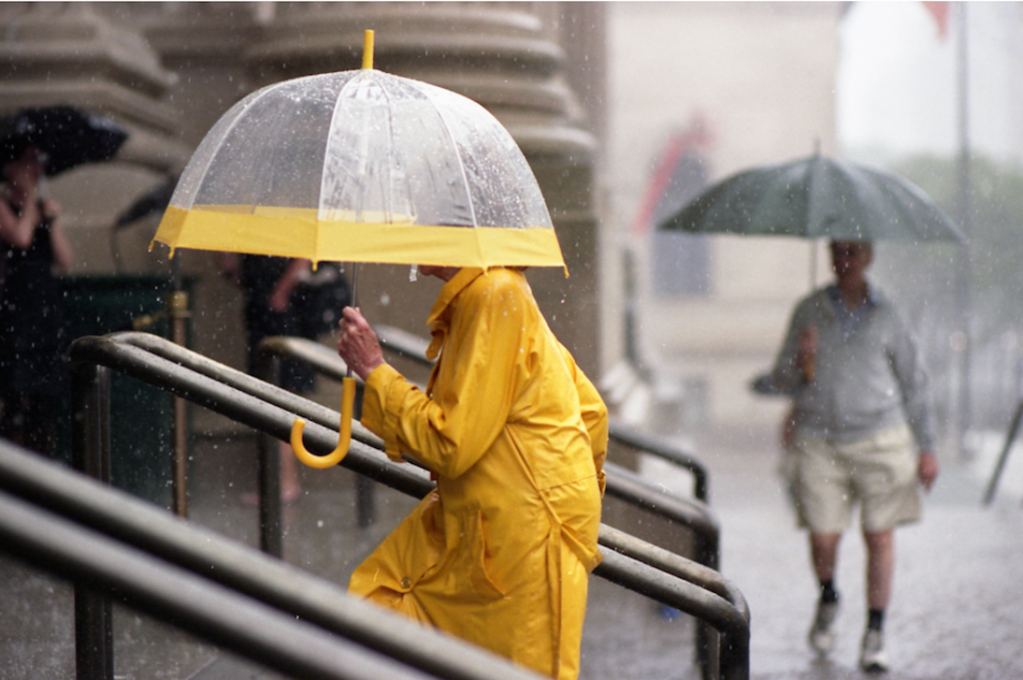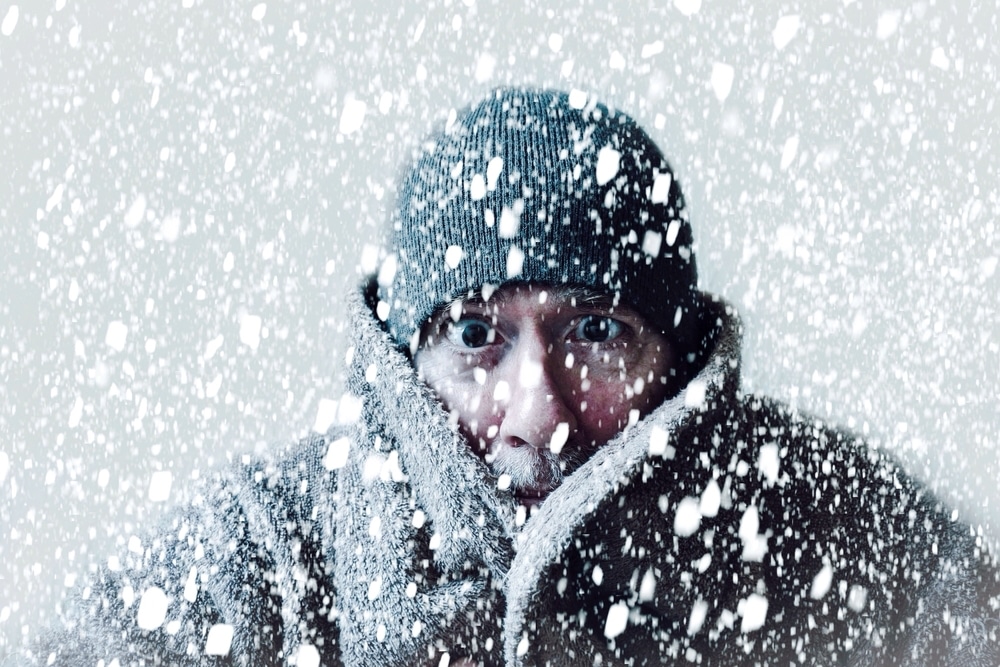As temperatures drop across Australia, it is harder to drag ourselves outside of our homes. But research has shown that we do just that for cultural activities.
As early as 1748, French philosopher Baron de Montesquieu claimed that cold air increases blood flow to the heart. He wrote in The Spirit of the Laws that cold air ‘produce[s] various effects; for instance, a greater boldness, that is, more courage; a greater sense of superiority, that is, less desire of revenge; a greater opinion of security, that is, more frankness, less suspicion, policy, and cunning.’
Writer Volha Charnysh says that while ‘modern research has debunked such direct links between climate and character, scholars continue to investigate the relationship between culture and climate.’
As Australia faces some of its colds days in history – snow in Tasmania, a 100-year freeze in Queensland and Antarctic blasts across New South Wales, Victoria and the ACT – we take a look at who is heading out, and why?
The facts on cold weather and museum attendance
Testament to research on weather and audiences, Vivid Sydney 2022 has attracted around 1.2 million visitors since Lights On less than two weeks ago – a period which has recorded some of the coldest weather in the city in more than 30 years, say experts.
Vivid Sydney 2022 recorded its largest opening weekend and is on track to match previous visitor numbers over the long weekend with an expected 500,000 people attending.
While the clear skies have bought the cold, they also ensured captivating light experiences for public.
The same could be said for RISING and Dark Mofo which also opened recently. In its last edition, prior to COVID, Dark Mofo 2019 recorded record-breaking crowds and sales, with more than than 100,000 tickets sold (over $4 million at the box office), a 25% increase on its previous edition.
At the time, festival coordinator Leigh Carmichael told the ABC: ‘It’s always been a challenge to get people here in the depths of winter, but since its inception in 2013, Dark Mofo has been a beacon for not only those who want to come and visit our state, but for many Tasmanians — we come out of hibernation at this time of the year and celebrate.’
While these festivals continue to report big numbers each year, despite ‘the big freeze’, statistically indoor venues such as museums and galleries have also reported a correlation between weather conditions and attendance, as attested in a number of research papers.
New Zealand academic Dr Harold Cuffe believes that with rain come museum crowds. In his paper Rain and museum attendance: Are daily data fine enough? (2017), he says that while rain generally increases museum attendance, the timing of bad weather conditions also has a significant impact.
‘I find that overall, days with observed rain see a 2.8% increase in museum admissions … however, using finer hourly data on rainfall and visitors, a very different picture emerges,’ Cuffe wrote.
‘On days with morning rain, morning attendance increases between 10-16% relative to days without rain … on the days with afternoon rain, attendance in the closing hours of the museum declines by as much as 9%.’
His conclusions are drawn from 13 years of admissions and weather data for New Zealand’s national cultural museum, Te Papa Tongarewa.

Just as a swag of outdoor festivals have opened this month, so too are our galleries staging ‘blockbuster’ exhibitions that guarantee foot traffic: ACMI with Light Works from the Tate; NGV International with The Picasso Century; QAGOMA staging Chiharu Shiota over winter, and Melbourne Museum’s Open Horizons – Ancient Greek Journeys and Connections from the prestigious National Archaeological Museum in Athens – all exclusives.
Notably, research shows such exhibitions are more attractive in inclement weather.
Visitors spend longer at the museum in response to rain, and are more likely to pay to see special exhibits.
Dr Harold Cuffe
Cuffe says that such findings are useful for museum administrators and event organisers for two reasons in particular: firstly, staff can be scheduled and shuffled to respond to daily weather predictions, and secondly, he believes you can use weather predictions to spike your online promotions, playing into the conversation and ‘what’s on’ alternatives.
‘Temporarily allocating staff towards customer-facing roles on mornings with rain can improve the museum experience for customers,’ Cuffe said.
His findings are echoed in a paper published in 2019 from the University of Catania, Sicily (Italy), which also looked at weather conditions in relation to museum attendance.
It tracked daily attendance figures at the Museo Regionale della Ceramica (Regional Museum of Ceramics) from 2008-2016, concluding that ‘temperature has a significant non-monotonic effect on museum attendance, with an increase having a positive impact in low-temperature (non-summer) months and a negative impact in high-temperature (summer) season.’
Counter to Cuffe’s findings, the Sicilian report stated that ‘rainfalls encourage museum visits, but only during summer months’.
The rise of the winter festival
In recent years the winter arts festival has been a growing phenomenon in Australia, led by the big events such as Vivid Sydney, Dark Mofo and now RISING, and a smattering of regional activations.
Dark Mofo has been a huge success for Hobart, drawing tourism to the southern state over its coldest period.
‘It gives me something to look forward to in cold Tassie winter,’ the Hobart-based Japanese artist Yumemi Hiraki told ArtsHub earlier this week.
Read: What does Dark Mofo bring apart from the spectacle?
These winter festivals tend to be eclectic – even eccentric – in nature, fusing programming across live performance and outdoor light installations (that heightened emotion of boldness de Montesquieu observed in the 18th century), to blockbuster exhibitions that guarantee foot traffic.
Joining the winter trend are the inaugural Southside Live festival, which will take over Melbourne’s St Kilda Foreshore with live music to warm crowds; the City of Stonnington presents its annual Glow Winter Arts Festival, while Fed Square’s Anything But Square program throughout winter includes RISING programming.
‘Winter is an exciting time at Fed Square,’ said Suzana Bishop, Fed Square Chief Experience Officer of their upcoming winter event. ‘The precinct is buzzing with experiences for all types of people, and it’s also a time to invite curiosity into the Square.’
Organisers of all events have encouraged the public to consider that with such high visitor numbers, it’s important to plan one’s travel, parking and public transport options.
Dates and program details
- Vivid Sydney 2022 will continue until 18 June.
- Dark Mofo will be held across Hobart until 22 June.
- RISING closes this long weekend, 12 June.
- Glow Winter Arts Festival takes place across two locations, Prahran Square from 3 – 12 June and Central Park from 16 – 19 June.
- Southside Live festival along the St Kilda Foreshore will be held over 24 June – 3 July.
- Fed Square’s winter program, Anything But Square: Under Surveillance, runs from 1 July – 7 August.
- Illuminate Adelaide runs from 1-31 July.
- WinterWild returns to Victoria’s Apollo Bay from 12-14 and 26-28 August.
- Darwin Festival, featuring hot August nights in the NT, runs from 4-21 August.





